The impact of mythology on Indian art and storytelling dates at least two thousand years back to the Nāṭyaśāstra and continues to be felt strongly in the current day. While some of the most beloved and revered works of Indian cinema are rooted directly in mythology, the influence goes down to the bedrock of how cinema tells stories. Mainstream and mass-oriented cinema especially draw significant influence from epics such as the “Ramayana” and the “Mahabharata”, often wearing the association openly and blatantly on its sleeve.
In recent years, audiences and critics have expressed exasperation with multiple tropes of storytelling in mainstream Indian cinema, many of which can be traced back to the aforementioned mythological epics. These tropes include nonlinear plots, long-form storytelling, and the centering of a near-godly central figure. When seen through a modern lens, these tropes manifest as film narratives with excessive flashback or frame narrative portions, overlong runtimes stretched across multiple films, and of course, the phenomenon of mass hero idol worship both in the cinematic world and in real life. Indian mythology has stayed relevant to the people over thousands of years, so it seems unlikely that they have somehow lost their relevance or staying power in the past decade. Rather, it is the way that these tropes are used by modern filmmakers that audiences have become exhausted with.
Nonlinear storylines leaning heavily on flashbacks provide value to filmmakers because they encourage viewers to revisit a film to experience its earlier moments with the context that is only revealed later in its runtime. Films with extended runtimes often connote “paisa vasool” or in English “bang for your buck” value for the increasing cost of cinema tickets. Breaking a single narrative into multiple films, often occurring after the production of the film has already started, promises a second return for producers and investors down the line.
After all, some of Indian cinema’s highest-grossing films, “Baahubali: The Conclusion”, “KGF: Chapter 2”, and recently “Pushpa 2: The Rule” are second halves of a story that went on to massively out-earn their blockbuster first half, a trend that surely producers would love to see continue. And of course, the most consistently bankable strategy in Indian cinema is to tie a film to a big name like Shah Rukh Khan or “Thalapathy” Vijay, all but ensuring that they will at the least break even on their investment.
One need not be a Communist to see a common thread here, nor is it necessary to appreciate the world of Tamil film “Viduthalai: Part 2”, a film whose underlying ideology is made clear from the moment it opens with villagers forging a sickle with which to assassinate a landlord. While Vetrimaaran is hardly a mass film director, his films, which generally lie in the 50-100 crore budget range, plus the critical and commercial success of films such as “Vada Chennai”, have given him a wider platform than the typical director of arthouse or parallel cinema but with the same expectation of quality in writing and execution. Many of the biggest mass films of recent times have featured the director as the primary writer. Vetrimaaran has always taken this approach with his films, although the “Viduthalai” films are based on a short story by the writer Jeyamohan.
While 2023’s “Viduthalai: Part I” was not a box office sensation in any sense, it received a wide range of praise from reviewers and critics, especially for the jaw-dropping opening scene of a train derailment including an 8-minute long take that took a full month to film. Much of its praise was directed toward the lead performance by Soori, known until then only as a comedic actor, as the kind but naïve policeman Kumaresan, who falls in love with a woman from the same village that his police unit is currently cracking down on in order to flush out Naxalite revolutionary leader Vaathiyar (meaning “mentor”) Perumal.
Over the course of the film, Kumaresan learns that his sincere desire to do good in the local villages is not only made difficult but actively punished by the nature of the police institution itself. The film ends with a harrowingly explicit depiction of police abuse and torture, inspired by the real-life Vachathi case of 1992 in which police crackdown on villagers thought to be harboring infamous smuggler Veerappan resulted in more than 250 police officers and forest rangers being found guilty of property damage, physical assault, and gang rape. The conviction was handed down in 2011, by which time 20% of the guilty parties had already died of natural causes and the rest had been out on bail for decades.
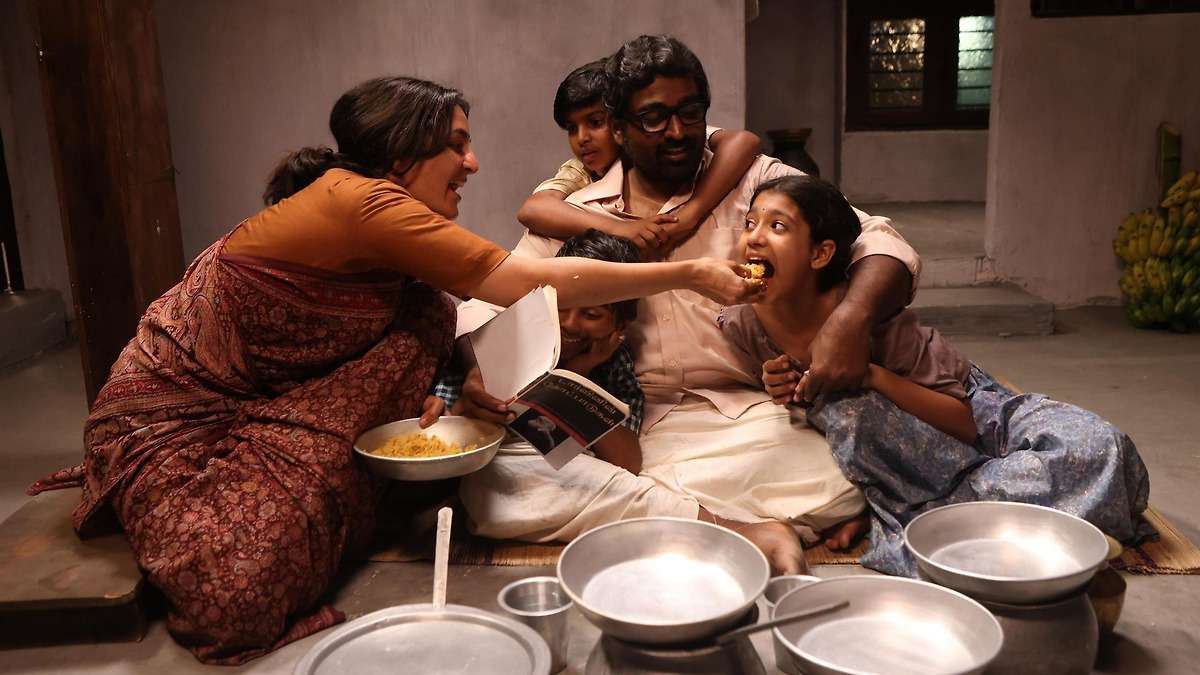
Much like this review, the structure of “Viduthalai: Part 2” is based around a lengthy establishing flashback in the first half of the film before truly coming into its own post-interval. The first film ended with the reveal and arrest of Perumal, played by star actor Vijay Sethupathi, and promised that the sequel would focus on his backstory and motivations. This caused some concern that Sethupathi’s stardom would derail the storyline by forcing a focus on his character to the exclusion of Kumaresan. It is here that the previous discussion of tropes and trends in modern commercial cinema becomes important.
Fans of Indian cinema are used to the brand of performative progressivism that exists especially in mass cinema. The hero is typically someone who looks out for the oppressed and disadvantaged, and we see how he passes moral judgment on his foes, all one-dimensional rapists, corrupt politicians, or greedy CEOs, in the form of violence.
Even “Viduthalai: Part 1” seems to suggest some of these themes, as the violence enacted by Perumal and his Makkal Padai (People’s Army) is repeatedly shown to be a form of justified retribution, and the mass roundup and sexual abuse of village women toward the end of the film seems to promise a bloody righteous reckoning in the sequel. Had Vetrimaaran chosen to make the sequel a typical hero story of Vijay Sethpathi heroically carving his way through corrupt police officers, it would have likely been a decent success at the box office catering to holiday filmgoers who want mindless entertainment with a thin veneer of political posturing.
The most subversive aspect of “Viduthalai: Part 2” is its willingness to completely sacrifice fan service, marketability, and even entertainment value in service of its ideological message. The gorgeous long takes, gripping action, and relatable “reluctant hero” archetype of Kumaresan gave the first film significant entertainment value, yet all of these aspects are almost completely absent in the sequel. On a technical level, this film rates quite low in Vetrimaaran’s discography. Editing is choppy and frantic in comparison to the first film, sometimes making it unclear if a certain scene is moving forward or backward in time.
The action scenes suffer especially from this, with downright disorienting cuts that sometimes contradict the flow of motion established in the previous shot, making it unclear where the actors are located and where they are moving relative to each other. The use of an iPhone to film Kumaresan’s climactic capture of Perumal gave it a gritty, realistic sensibility akin to Western war movies. However, the use of handheld cameras in the sequel seems to have little rhyme or reason, often adding an unnecessary vertical juddering to a simple close-up shot. The mix of mass-style slow motion and exaggerated impacts driven by wire gags clashes with the otherwise realistic and grounded approach to violence, leading certain emotional scenes to have an almost comedic effect.
“Viduthalai: Part 2” is a very dialogue-heavy film, but characters frequently talk over each other or the insert songs, making the subtitles frequently hard to follow. Ilaiyaraaja’s songs and BGM, while up to his usual exceptional standards, are frequently undermined by the editing. The idea of cutting a song sequence up with dialogue scenes is far past its expiration date. Dubbing and subtitle sync are both poor, an issue exacerbated by the censor board muting of certain words and phrases and even replacing a line of Perumal where he discusses how the people’s weapons must be in the hands of the people with one talking about the importance of voting. Despite these flaws, the performances of all of the main cast remain world-class and the impact of the film’s message remains undiluted.
In an industry where political sentiments are routinely either compromised or botched entirely to maximize a film’s potential theatrical performance, even to the extent of removing scenes retroactively deemed “unnecessary” if first-week reviews cite runtime as a criticism, the decision to center “Viduthalai: Part 2” on ideological dialogues is itself a revolutionary action. It allows Vetrimaaran to make a film that is both crystal clear and ideologically consistent in its politics. Rather than serve as an excuse to glorify Vijay Sethupathi’s character, the flashback portion of the film presents Perumal as a character who is constantly making mistakes, growing, and learning from the people around him. This hearkens back to the original purpose of the mythological storytelling tradition: to educate and guide society rather than to accrue box-office revenue.
Many mass films portray their hero’s morals as something inherent to them from youth or triggered by a single traumatic incident that altered their life’s trajectory. It is a common film trope for the hero to be seen doing seemingly illegal or immoral actions only for a flashback to reveal that they were working for the greater good all along. Such a narrative is not found here; indeed, Perumal’s mistakes define him more than his victories do. The flashback, largely narrated by Perumal himself to the police officers, including Kumaresan, as he is moved from one police outpost to another, is very reminiscent of Sethupathy’s own “Vikram Vedha” in which his character, a criminal named Vedha, narrates his life to a strait-laced police officer who is begrudgingly forced to admit that all of Vedha’s most infamous crimes were in the service of a moral necessity that superseded the law.
Where “Viduthalai: Part 2” excels is in its rejection of simple dichotomies of good or bad or black and white. Where films typically go out of their way to justify the hero’s violent actions, Perumal’s experience leads him in the direction of violent revolution but then away from it. He spends much of the film trying to avert violence rather than enact it. Instead of focusing on the perpetrators of inequity and the straightforward path of vengeance against them, Perumal is guided by his mentor KK and is frequently shown learning, reading, or discussing leftist and especially Marxist theory.
The single most impactful line of dialogue in the film is his: “Leaders without ideology create only fans. That will not pave the way to progress.” This line encapsulates Vetrimaaran’s rejection of traditional commercial cinema tropes, which themselves have been twisted from their mythological origins into serving only the needs of capitalistic production companies and investors.
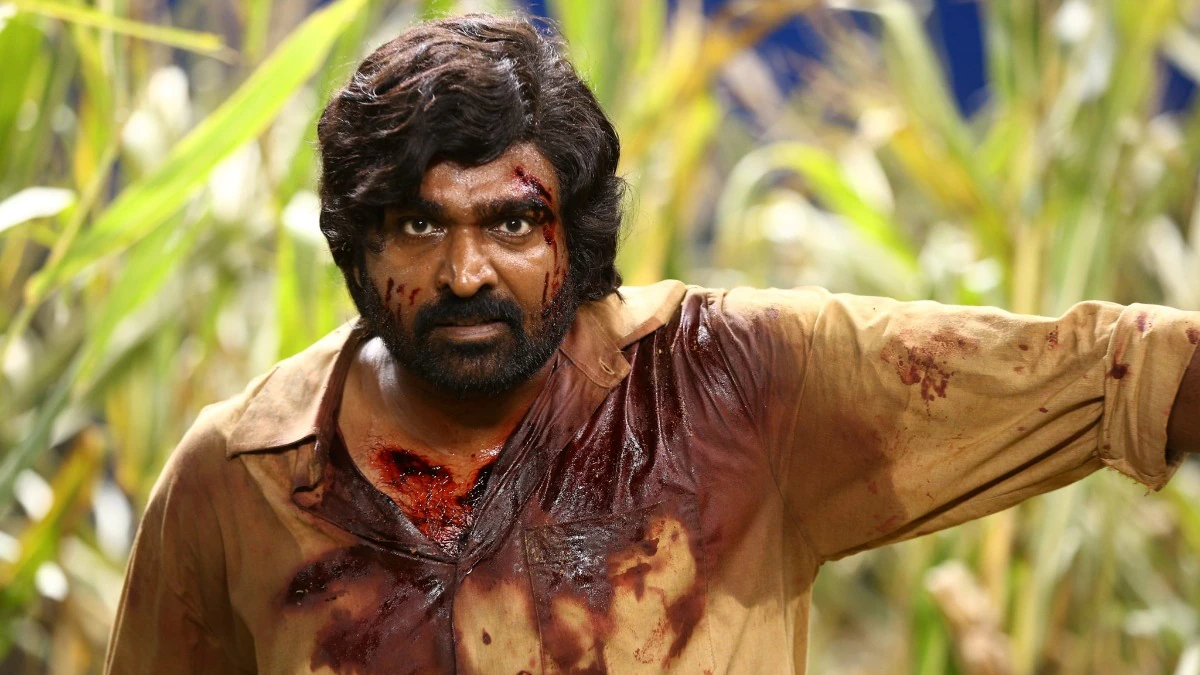
American poet Gil Scott-Heron once famously said “The revolution will not be televised”. Among the various meanings of this phrase is the idea that nothing truly revolutionary against the existing system will be allowed onto mass media platforms by that same system. Watching world events and politics unfold on a screen is not only not the same as being involved in them, but it discourages taking part in the personal action and self-reflection that is necessary to truly fight against the system.
Existing inequities are allowed to proliferate because the system is allowed to let them do so to preserve its own existence. Revolution, as both Vetrimaaran and Scott-Heron agree, is not boots and fists flying in an act of violent resistance, but rather the “Viduthalai” (meaning “Liberation”) that comes from being open to change and grow as a person and as a community. If there was one thing Scott-Heron, who turned his poem into one of the most iconic songs of the 1970s, may have gotten wrong, it is that truly revolutionary messages would never reach mainstream concert halls and cinemas.
The recent killing of an American health insurance CEO has entered popular culture in the form of people either decrying healthcare executives or praising the suspected killer and suggesting the act is the first step in a revolution against the established order. Rather than serve as a piece of escapist cinema, “Viduthalai: Part 2” encourages the viewer to reassess how they approach these real-world topics. It sacrifices traditional film expectations of entertainment in order to convey a strong message: revolutions are never the work of one person, nor can they happen if the common person is content to wait around for that person to come up. Its message of hero worship being incompatible with revolutionary thought stands in stark contrast to the messages typically espoused in mainstream Indian cinema.
Pop culture, especially films, has knowingly or unknowingly propagated the belief that the fall of oppression must come at the hands of a violent hero who inspires others to take up arms themselves. Rather than become bogged down in discussing the morality or justification of violence itself, “Viduthalai: Part II” exhorts us to focus on all of the less glamorous aspects of resistance; education, community organizing, and personal growth. Even Perumal himself begs to be remembered not for who he was or the details of his life, but for what he tried to accomplish and why. Especially in Tamil cinema, where major film stars routinely run for political office and rarely make an impact beyond their own box office numbers, this is quite the departure from the norm.
When members of the Makkal Padai proudly announce that they cannot get married because the cause is more important, KK and later Perumal gently remind them that this contributes to the mentality that revolutionaries are lone wolves with nothing to lose instead of fellow members of the community who are capable of having real lives alongside their revolutionary action. By focusing on the values of community, accountability, learning, and unity across divides, “Viduthalai: Part 2” preaches a vision of revolution that is achievable by the common person.
In the current era of runaway capitalism, widespread inequity, and the global rise to power of fascist politicians, the average person’s grievance against the established order is growing louder and louder. This film could choose to be cathartic, affirming, and optimistic, but its refusal to settle for being any of those things makes it something truly special. Even the catharsis of seeing violence enacted on oppressors never settles the issue, only escalating it.
Sadly, Soori’s Kumaresan does not feature extensively in “Viduthalai: Part 2” compared to the first entry. Nor is his love interest Tamilarasi present at all. But when the film ends, a cliffhanger in the truest sense, it does so not to set up a third entry, which has been rumored so far but not confirmed, nor to avoid the consequences of the decisions taken in the film’s climax. Instead, Kumaresan, like Perumal before him, learns to finally trust his own sense of right and wrong over simply listening to someone else, whether the police or society or Perumal himself. As the camera zooms out from the mountain face in a reprise of one of the first film’s most arresting shots, the audience is encouraged to put aside the characters, the actors, the familiar star faces, and even the cinema itself and become the Kumaresan of their own lives instead.
In a world where talk of “revolution” and “resistance” has become more commonplace, and directors preach these topics in their cinema to elicit audience whistles and cheers, they refuse to actually act on these beliefs in real life, maintaining a capitalist fixation on gross revenues and investor returns above all. By boldly spurning commercial sentiments entirely, not only does Vetrimaaran show his seriousness toward the topics of “revolution” and “resistance,” but he also offers the viewer a concrete path towards achieving those aims, one that does not require allegiance to any one political ideology.
As Perumal teaches Kumaresan, Vetrimaaran teaches the viewers to ask themselves – who wields power, and for what aims? How do they enforce that power, and who is targeted by that enforcement? How does our society permit us to ask these questions yet discourage and punish us for acting on them in the form of unionizing, protesting, and civil disobedience? Before revolution must come resistance but before resistance must come personal liberation. “Viduthalai.”


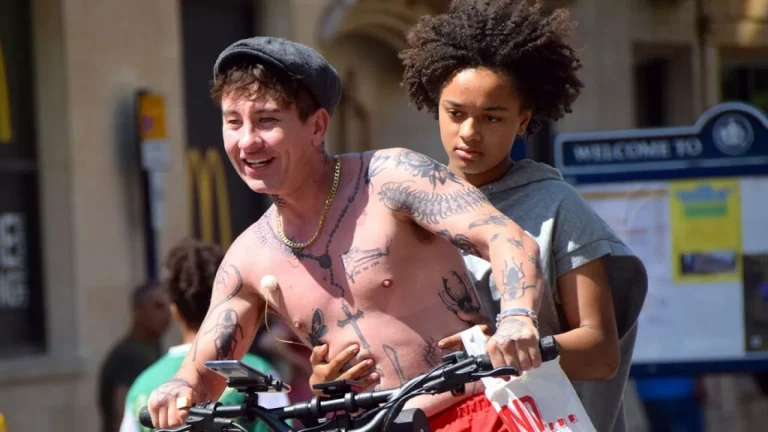
![I Was A Simple Man [2021] ‘LAAPFF’ Review: Hawaiian Ghost Tale is Layered and Meditative](https://79468c92.delivery.rocketcdn.me/wp-content/uploads/2021/09/I-Was-A-Simple-Man-1-768x432.jpg)
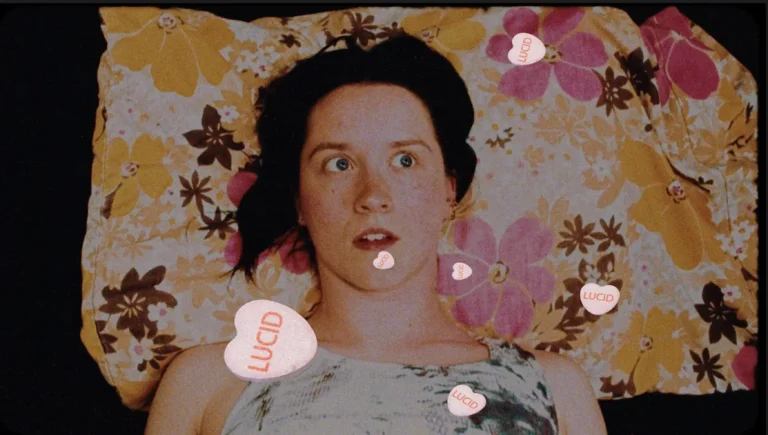
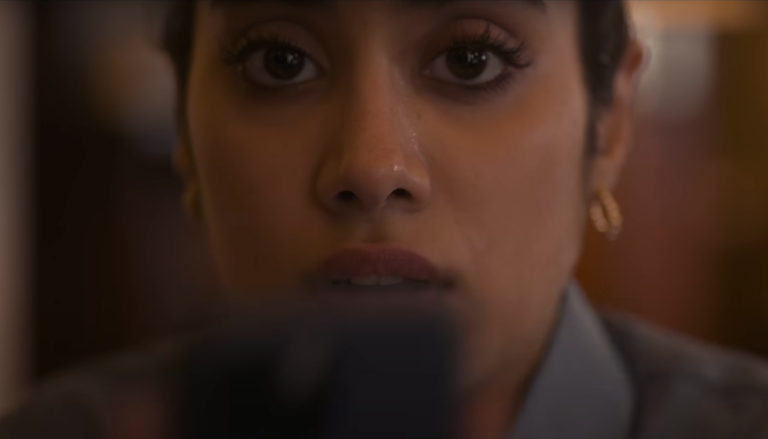

![Sweat [2021] Review – A haunting albeit unfocused exploration of the perils of social media fame](https://79468c92.delivery.rocketcdn.me/wp-content/uploads/2021/08/Sweat-768x432.jpg)